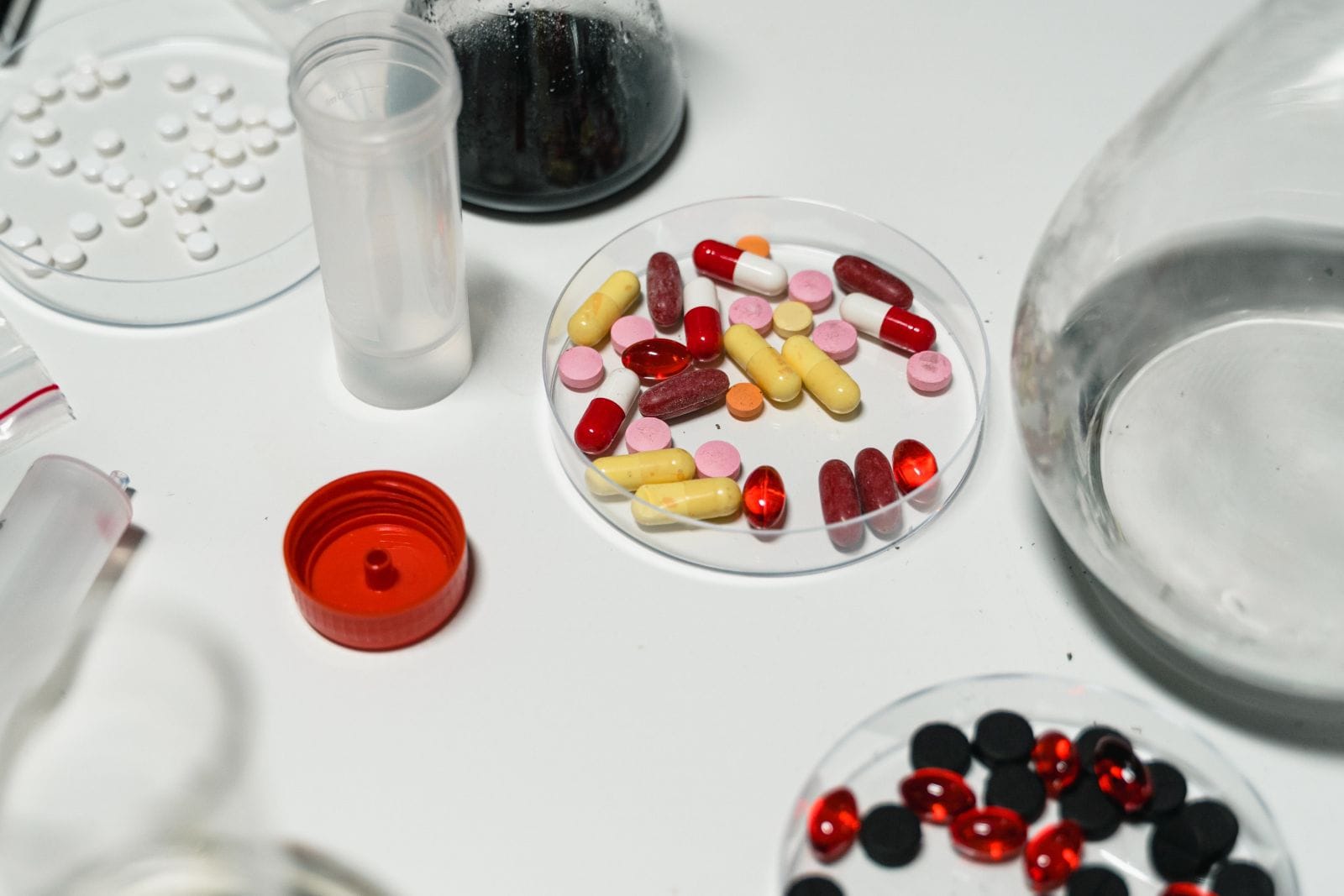
Shares of healthcare giant Eli Lilly (LLY) have been on an absolute tear in the past decade. LLY is up 490% in the last five years and 1,450% in the last 10 years, after adjusting for dividends.
While many companies across numerous sectors are trading well below all-time highs after a broad-based pullback in markets, Eli Lilly touched a new record high this month, valuing the company at $577.46 billion by market cap.

Let’s see if it makes sense to buy Eli Lilly at its current multiple, or if you should wait for a pullback to scoop up shares of this healthcare heavyweight.
Is Eli Lilly a Good Stock To Buy?
Eli Lilly aims to leverage its expertise in biotechnology, chemistry, and genetic medicine to advance new scientific discoveries and solve global health challenges. Over the last few years, it has redefined diabetes care and treated obesity by curtailing its devastating long-term impact. Eli Lilly is also advancing the fight against Alzheimer’s disease while providing solutions to immune system disorders.
Its type 2 diabetes drug treatment, used off-label for weight loss, should be a key driver of top-line growth. The drug, called Mounjaro, was approved in May 2022 - and since its launch, shares of the company have more than doubled, despite a challenging macro environment.
Eli Lilly is part of several multi-billion dollar markets. According to a JPMorgan (JPM) report, demand for obesity-related medicines could soar past $100 billion in 2030, up from $3 billion in 2022. Eli Lilly ended 2022 with $28.5 billion in sales, and has enough room to grow revenue in the upcoming decade.
The pharma giant is bullish on the growth prospects for Mounjaro, which already generated more than $1 billion in revenue during Q2 of 2023. Mounjaro seems likely to receive approval from the FDA as a weight-loss drug, as it's proven to be effective in treating obesity in late-stage trials.
In addition to its growth prospects, Eli Lilly is part of a recession-resistant sector, allowing the company to generate stable cash flows across market cycles. Due to its widening cash flows, Eli Lilly pays shareholders an annual dividend of $4.37 per share, indicating a forward yield of 0.72%. These payouts have risen at an annual rate of 7.2% in the last 25 years, increasing the effective yield significantly.
Is Eli Lilly Stock Overvalued?
Analysts expect Eli Lilly to increase revenue by 17.4% to $33.5 billion in 2023 and by 16.7% to $39 billion in 2024. Its adjusted earnings per share is forecast to rise from $7.94 in 2022 to $12.61 in 2024.
So, LLY trades at 15.9x forward sales and 48x forward earnings, which is quite steep for a large-cap stock. But its adjusted earnings are forecast to grow by 27% annually in the next five years, allowing LLY to command a premium valuation.
Despite its massive size, Eli Lilly continues to grow at a rapid pace. It generates healthy profit margins with widening free cash flows that have grown from $3.8 billion in 2019 to $5.2 billion in 2022.
Earlier this month, Bank of America (BAC) analyst Geoff Meacham reiterated a “Buy” rating on LLY stock and increased its price target to a Street high of $700. Meacham expects Eli Lilly’s weight loss drugs, delivered to patients via multiple modalities, to bring in over $12 billion in total sales eventually. Moreover, the company’s potential treatment for Alzheimer’s might also generate $5 billion in annual sales.
Out of the 18 analysts tracking LLY, 16 recommend “strong buy,” one recommends “moderate buy” and one recommends “hold.”
The average price target for Eli Lilly stock is $587.94, which is 3.4% below the current trading price. However, Bank of America's new target implies expected upside of about 15% from here.








